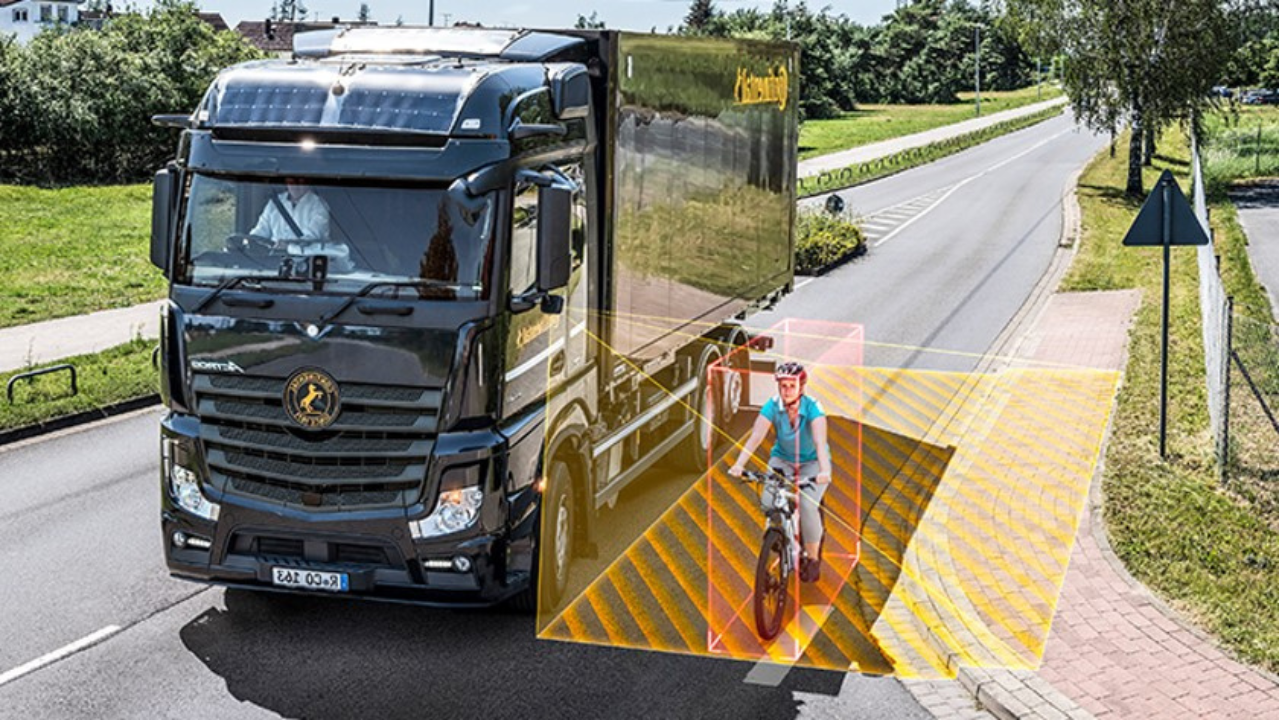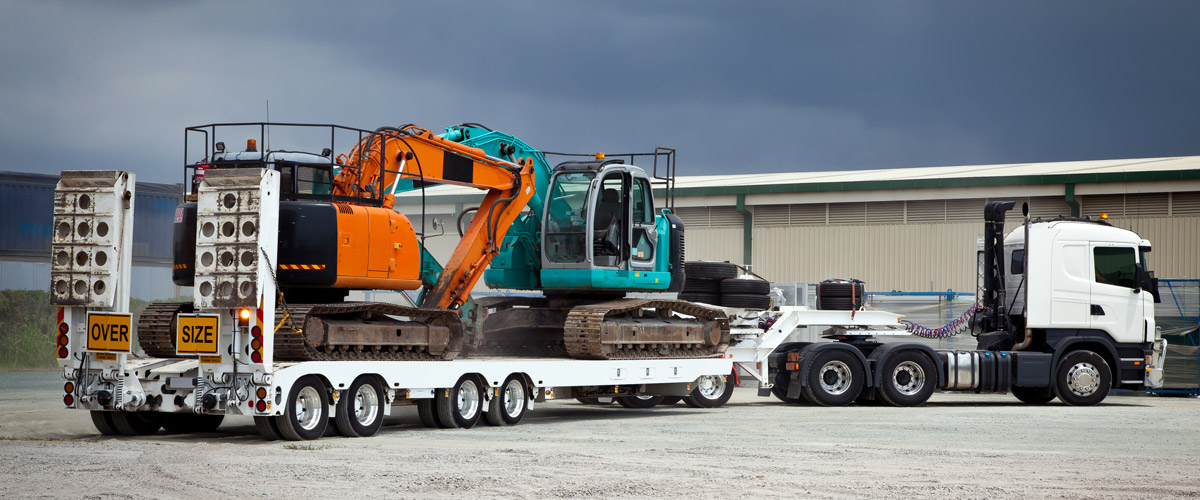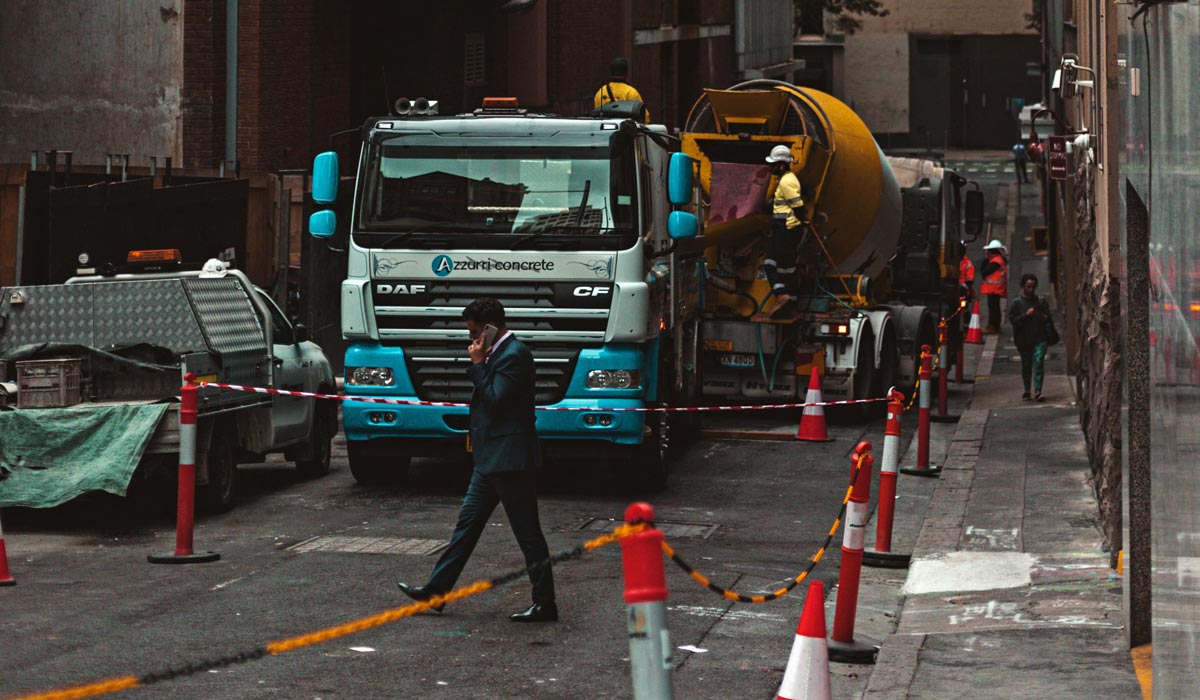AI Cameras will Save Cyclists from Heavy Vehicles
In the coming decade, 40% of Australians will be at risk of being struck by a heavy vehicle if fleet operators don’t take critical CoR actions to...
3 min read
Admin July 29, 2025

Australia and New Zealand’s heavy vehicle fleets are significantly older compared to other developed nations, creating challenges when it comes to safety, emissions, and operational efficiency. SGESCO-MAX is working with various industries across ANZ to help organisations modernise their fleet through easy and affordable retrofits to improve safety. These enhancements extend the life of heavy vehicles while also bringing other benefits and financial gains to fleet operators.
The direness of Australia’s aging fleet – twice as old as most countries – was recently called out by Tony McMullan, CEO of Truck Industry Council (TIC), writing in Prime Mover magazine in February 2025.

According to Australia’s National Heavy Vehicle Regulator (NHVR), these challenges and disparity with other nations highlight the need for fleet modernisation to enhance safety outcomes.
In Australia the average operational lifespan of trucks is 29.6 years; a new truck bought in 2025 is likely to remain in service until 2055, according to Tony McMullan.
A lot can and will change in 30 years with respect to road infrastructure, regulations and road safety. “It’s only realistic to expect that such vehicles will need compliance upgrades,” said Scott McPherson, Managing Director of SGESCO-MAX. “This is why in 2025 it’s important that fleet operators act on industry and community expectations and coming regulations around HV road safety.”
In 2020 the Australian national truck fleet (Heavy Rigid and Light Trucks) sat at around 688,000 vehicles with projections to grow to around 850,000 by 2030, a net increase of 16,000 new vehicles per year to cater for increased demand.
As of 2023, Australia had over 600,000 registered heavy trucks (vehicles over 4.5 tonnes). In the same year, the country saw a record 47,757 new truck sales, marking a 7.6% increase from the previous year.
This record number was attributed to many fleet operators buying a new heavy vehicle BEFORE the Australian Government's Safer Freight Vehicles (SFV) package * came into effect on 1 October 2023.
Under the SFV package, an increase in the maximum width limit for new trucks was permitted (from 2.50 to 2.55 metres), provided these vehicles were equipped with certain safety technologies. This change aligned Australia's standards more closely with international regulations and facilitated the inclusion of advanced safety and environmental features.
Safety measures included electronic stability control, advanced emergency braking, lane departure warning systems, improved reflective markings, side underrun protection and devices to reduce blind spots. Known as Blind Spot Information Systems (BSIS) these safety technologies reduce blind spots, enhancing the driver's awareness of surrounding vehicles and pedestrians. Blind spots are a major cause of Vulnerable Road User injury and death.
SGESCO-MAX has many solutions in its Protect 360AI suite – introduced in late 2023 – that fulfill BSIS requirements. Similarly, the company offers Anti-Rollaway Braking, a feature that is included in the Advanced Emergency Braking (AEB) requirement, automatically applying brakes to prevent or mitigate rollaways.
Addressing the challenge of older heavy vehicles requires collective efforts from all levels of government and the trucking industry to incentivise fleet renewal and the adoption of advanced technologies, noted TIC.
This is happening within the Australian construction industry with the NSW Government mandating CLOCS-A compliance for heavy vehicles working on government civil and building construction projects from the end of August 2025 onwards.
There are 3 areas that increase the risk for older vehicles of having accidents with people and property:
Of concern, research has found that heavy vehicles are responsible for 1 in 5 VRU fatalities!
“AI Cameras have made protecting vulnerable road users highly affordable, amortising to just a few hundred dollars a year over the life of the vehicle,” noted Scott.
“But the benefits far exceed just the safety measures. They prevent vehicle downtime caused by accidents with a VRU. They save companies from costly and time-consuming accident investigations – plus the related cost of reputational damage impacting confidence and trust in your business. They ensure vehicles are compliant to new safety requirements coming in government tender documents – so save operators from missing valuable business opportunities. This all adds up very quickly.”
When you consider that most trucks operating in Australia – including trucks that are only two years old – have sub-standard safety systems, this is a small outlay. “I hope it doesn’t take owners and operators losing a loved one through a HV / VRU collision for them to rethink their hesitancy and short-sightedness,” he said.
“At SGESCO-MAX we endorse the Trucking Industry Council’s call upon Australian governments at all levels, to acknowledge that we have far too many trucks on our roads that do lack modern and appropriate safety measures.”


In the coming decade, 40% of Australians will be at risk of being struck by a heavy vehicle if fleet operators don’t take critical CoR actions to...

Improving heavy vehicle safety technologies is a challenge for fleet managers and trucking companies dealing with rising running costs and only a...

Australia’s heavy vehicle fleet will likely undergo a major transformation in the next decade to meet a number of road safety and climate objectives.